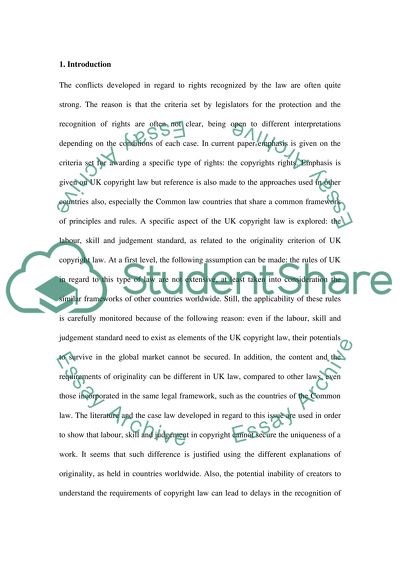Cite this document
(“'There is no longer room for the labour, skill and judgement standard Essay”, n.d.)
'There is no longer room for the labour, skill and judgement standard Essay. Retrieved from https://studentshare.org/law/1466055-ychthere-is-no-longer-room-for-the-yplabour-skill
'There is no longer room for the labour, skill and judgement standard Essay. Retrieved from https://studentshare.org/law/1466055-ychthere-is-no-longer-room-for-the-yplabour-skill
('There Is No Longer Room for the Labour, Skill and Judgement Standard Essay)
'There Is No Longer Room for the Labour, Skill and Judgement Standard Essay. https://studentshare.org/law/1466055-ychthere-is-no-longer-room-for-the-yplabour-skill.
'There Is No Longer Room for the Labour, Skill and Judgement Standard Essay. https://studentshare.org/law/1466055-ychthere-is-no-longer-room-for-the-yplabour-skill.
“'There Is No Longer Room for the Labour, Skill and Judgement Standard Essay”, n.d. https://studentshare.org/law/1466055-ychthere-is-no-longer-room-for-the-yplabour-skill.


